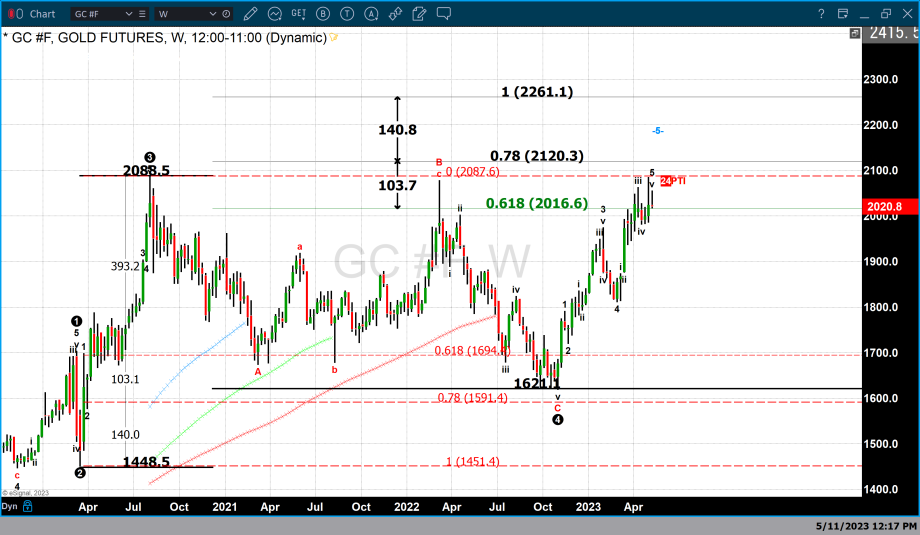An unspoken truth, the Fed's goal of inflation at 2% is not easily attainable

Video section is only available for
PREMIUM MEMBERS
At the center of a contracting GDP which is putting tremendous stress on the American economy is the Federal Reserve’s mission statement of taking inflation down to 2%. The problem stems from the fact that the Federal Reserve did not act as inflation began to spiral out of control in 2022 when inflation was above 8% while the Federal Reserve maintained its benchmark rate between 0% and ¼%.
By the time the Federal Reserve implemented its first rate hike in March 2022, real inflation was already at a boiling point above 8% and climbing higher. The Federal Reserve began to raise rates with the first hike of ¼% at the March 2022 FOMC meeting. What would follow would be nine more, one at each FOMC meeting including the last FOMC meeting last month. In essence, the Federal Reserve took its benchmark rate from near 0% to 5 ¼% in just over 1 year to combat spiraling inflation which had peaked just above 9%.
The economic contraction from higher rates stopped inflation from spiraling higher and reduced inflation in half to its current level. However, their target of 2% will be difficult if achievable at all because inflation in many sectors remains persistent or sticky. Food, housing, energy, and wages remain to be the most difficult sectors to have a real inflation reduction. The question then becomes is a target of 2% inflation realistic?
This question is at the core of an article penned by Chuck Jaffe in MarketWatch titled, “The only market forecast that should matter to stock investors: When does the Fed decide that higher inflation is OK?”
In his article, he addresses living with higher inflation saying, “The pivot point that few people are talking about now is when the Fed decides that it can live with more inflation than it’s been saying. The central bank states that it wants to get the rate of inflation down to around 2%, and everyone takes that as the primary mission statement driving its actions.”
The conclusion this article reaches is that many economists believe that if the Federal Reserve can take inflation down to 2 ½% or 3% then they should be able to declare victory. If they can do so while avoiding a devastating recession or hard landing due to their overaggressive policies.
According to Jurrien Timmer, director of global macro at Fidelity Investments, “If inflation gets down to 2.5 or 3, the Fed will declare victory and say ‘That’s good enough, we slayed the dragon,’ but I don’t think the Fed is anywhere close to saying that at current levels.”
As of 6:00 PM EDT gold has opened for trading on the Globex exchange in Australia. Gold futures basis the most active June contract is currently fixed at $2021 which is $0.50 higher than its close in New York. Gold settled at $2020.50 after factoring in a decline of $16.60 today.
Wishing you as always good trading,

Gary S. Wagner - Executive Producer
